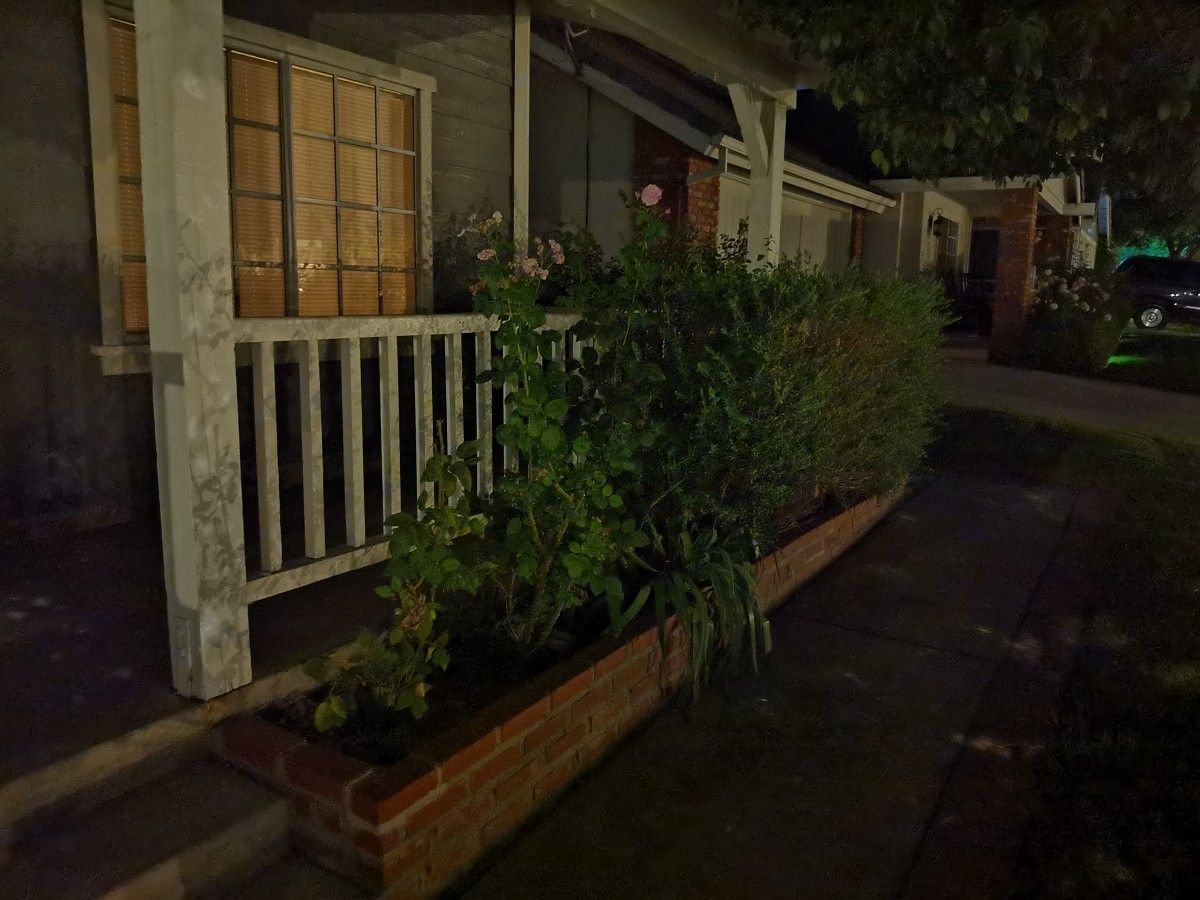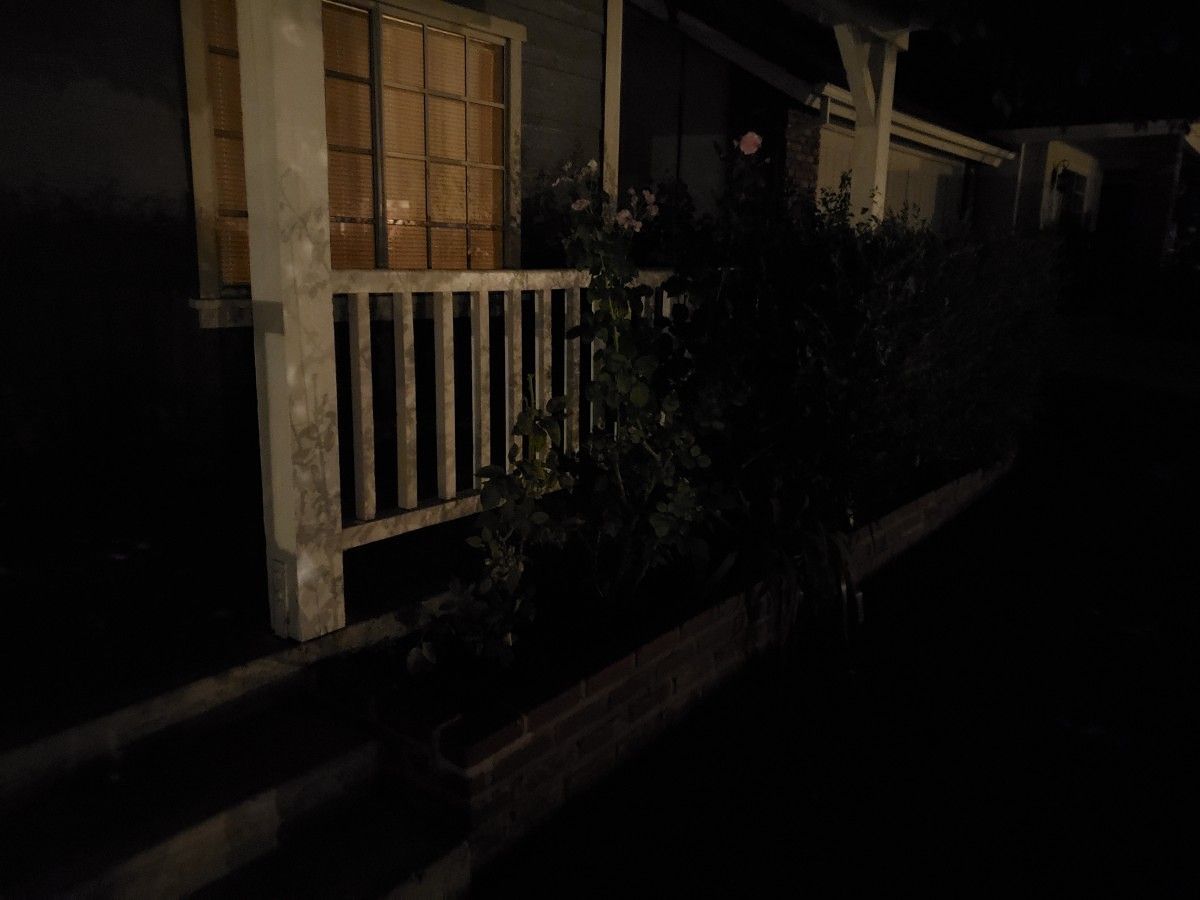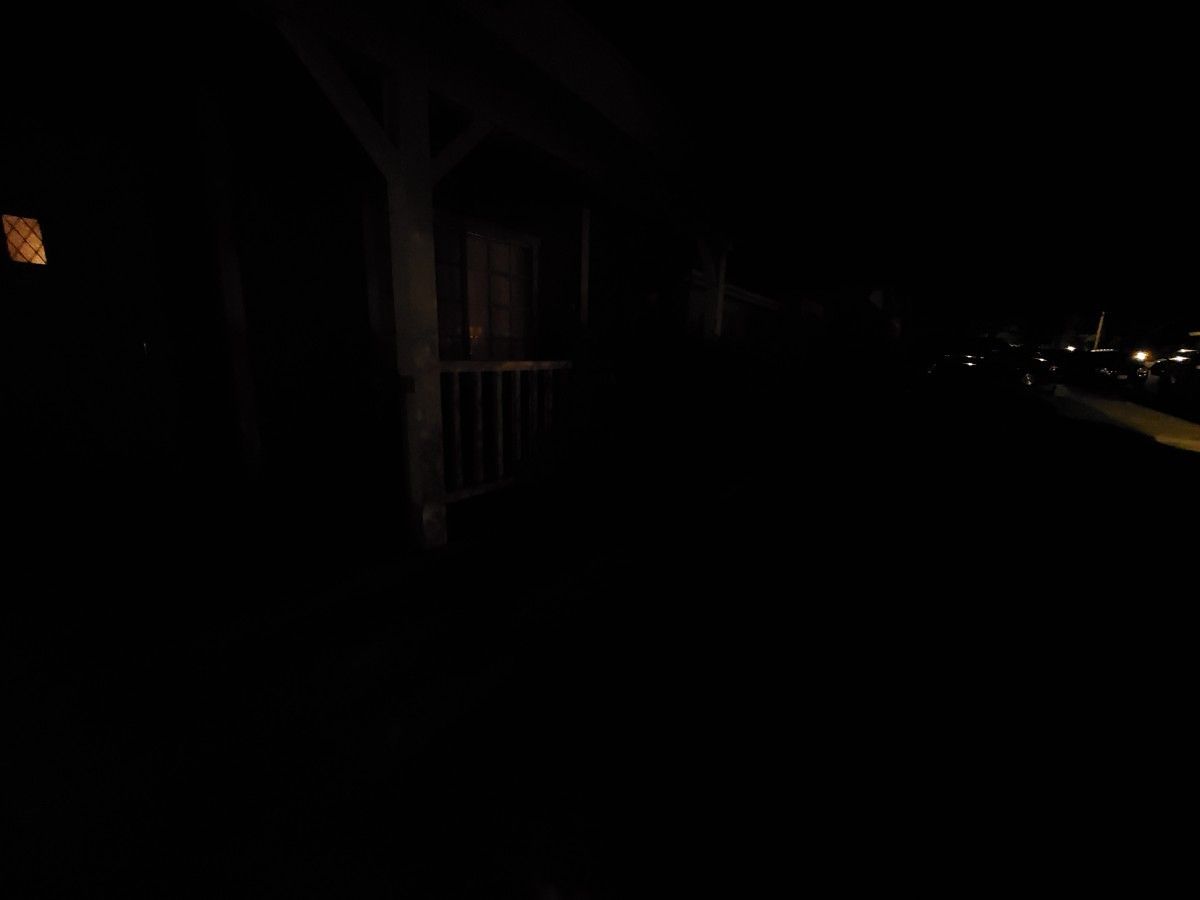
Even with today’s amazing mobile cameras, smartphone photography keeps evolving. One may argue that the quality of daylight pictures has seemingly stalled, but as hardware and software evolve beyond the megapixel race of yesteryear, we see continuous improvements in new, key areas. Of course, it is often the vanguard of expensive flagships pushing the envelope of computational photography, with “night mode” ultra low-light pictures being a new key talking point. With the Honor 20 Pro’s excellent combination of hardware and software, you can get the impressive results in a premium but affordable package.
The Honor 20 Pro has received glowing reviews for its camera capabilities: XDA’s camera expert Daniel Marchena found that the phone has “camera tuning down to an art”, delivering stunning shots that have amazing detail and, most importantly, a natural feel to them. Other camera reviewers, like DxOmark, praised the phone’s excellent exposure, achieving the joint top score for this category at the time their review was published.
This isn’t too surprising given that the device packs an extremely complete quad-camera setup, offering a Sony IMX586 48 MP main camera lens coupled with AI-powered software and hardware, allowing users to shoot pictures with excellent clarity even in dimly-lit environments. Low-light performance also benefits from the inclusion of Optical Image Stabilization (OIS) and Artificial Image Stabilization (AIS), but the phone also offers AIS Super Night Mode, which can be activated by setting the camera mode to “Night.” This mode is excellent for city skylines at night, or dimly-lit back streets, yet it’s not where the phone’s ultra low-light photography capabilities stop. We’ve found the phone to have excellent exposure in low light even in auto mode. So how does Honor achieve such well-exposed pictures, and how does it stack up to competitors?
Exposure on digital cameras is controlled by the f/stop, the shutter speed, and the ISO setting. The Honor 20 Pro has no shortcomings in either regard, with a wide-aperture f/1.4 lens on the powerful main camera — the aforementioned 48MP 1/2″ Quad-Bayer camera sensor by Sony. Beyond that, though, the Honor 20 Pro features what Honor calls “Auto Ultra-High ISO.” In this particular regard, the 20 Pro stands head and shoulders above some of the top competitors in the mobile space.
In digital photography, an ISO number indicates how sensitive a camera is to light, which is dependent on the signal gain of the camera’ sensor. A higher value indicates greater sensitivity, and in turn, better low light captures. On the Honor 20 Pro, you can adjust the ISO manually when using the versatile and powerful Pro mode, but their automatic ISO tuning for regular shots is still capable of achieving extremely high ISO numbers, making for tremendous low-light shots. The Honor 20 Pro’s ISO of 204800 dwarfs that of the Galaxy S10+, which cannot surpass 6400. This upgrade over the Honor 20’s 102400 ISO even puts the Pro’s ISO number ahead of that of SLR cameras like the Canon 5D Mark IV.








The 20 Pro will adjust the ISO automatically whenever you are shooting in auto, so in practice, you do not need to think about the ISO number and how to tune it to the particular scene. The Auto Ultra-High ISO algorithm automatically kicks in under 1 lux of brightness, at the point where most detail can’t be perceived by the naked eye. As expected from modern low-light mobile photography, this mode can bring out hidden detail and color. While turning up the ISO usually comes at the expense of additional noise, the 20 Pro can also keep noise within acceptable ranges, with DxOMark noting that some results offered by the Honor 20 Pro’s noise control in low-light scenes are “comparable to those of the best performers.”
The combination of powerful hardware and smart software one the Honor 20 Pro puts it neck and neck against, and in many cases ahead of competitors like the Galaxy S10+. If you’d like to learn more about the Honor 20 Pro, check out our Honor 20 Pro review, our recent performance analysis, and our battery life report. To learn more about the phone’s camera, visit our camera tests, comparisons and our post on how to get the most out of the phone’s camera.
We thank HONOR for sponsoring this post. Our sponsors help us pay for the many costs associated with running XDA, including server costs, full time developers, news writers, and much more. While you might see sponsored content (which will always be labeled as such) alongside Portal content, the Portal team is in no way responsible for these posts. Sponsored content, advertising and XDA Depot are managed by a separate team entirely. XDA will never compromise its journalistic integrity by accepting money to write favorably about a company, or alter our opinions or views in any way. Our opinion cannot be bought.
The post How the Honor 20 Pro Achieves Excellent Low-Light Photography appeared first on xda-developers.



0 comments:
Post a Comment